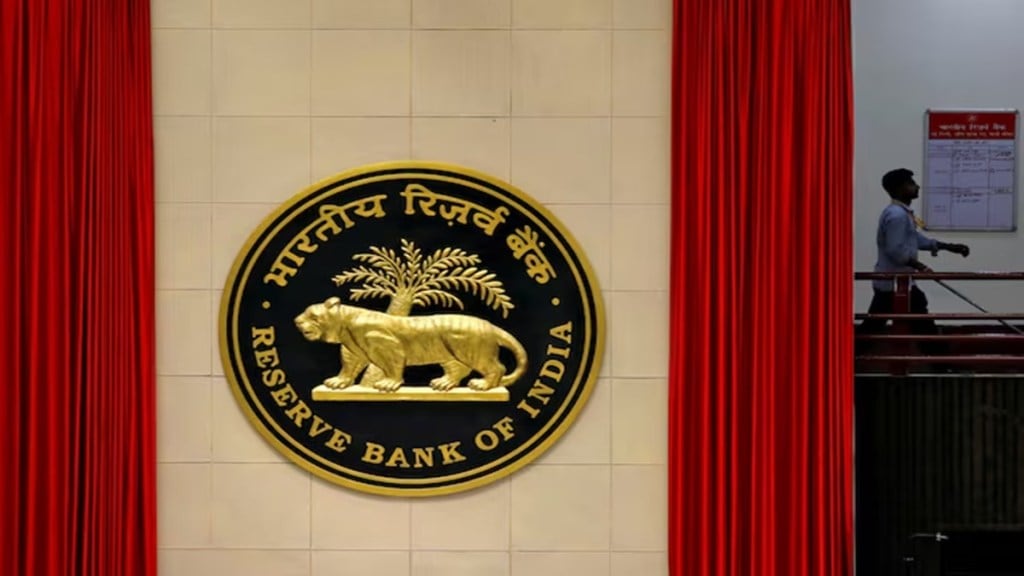A procedural misstep marred the Reserve Bank of India’s (RBI) ambitious upgrade to same-day cheque settlements. On October 3, the central bank commenced a test run of its same-day cheque clearance system, a significant technological shift intended to replace the long-standing overnight settlement cycle. However, the pilot, designed to showcase speed and efficiency, was undermined by an unexpected human-triggered premature start which revealed gaps in staff training and execution.
An official from a private sector bank said, “The technology was ready, but the staff weren’t adequately prepared.” Bankers stated that operational issues stemming from branch-specific integration gaps were observed. Cheque scanning inconsistencies emerged at some branches, possibly due to gaps in staff training on the new process.
How did the auto process fail?
The auto process failed due to scanning errors and the bank’s manual process for cheques. Same-day cheques processed couldn’t go through because the scanned copies didn’t meet the guidelines, causing them to be processed according to the preceding day’s clearance schedule or as dictated by individual banks’ protocols.
The new process required branch staff to scan cheques and transmit digital images to a central operations team for same-day processing. Many employees were either unaware of the updated protocol or were inadequately trained. Digital uploads with poor-quality scans resulted in blurred, cropped, or incomplete documents being submitted, which triggered a wave of rejections.
“The confusion is a reminder that digital transformation is not just about deploying systems, but about aligning people, processes, and habits,” added the banker, who said they are training their staff. This isn’t a system problem, but rather an issue stemming from insufficient staff training. This was mainly seen at the branches.
However, bankers feel banks need to be careful even going ahead, as this can be compounded by high staff attrition (5–10%), which leaves many new hires out of the training loop. The shift from physical cheque transfers to digital uploads represents a trade-off: faster processing for stricter quality control. Under the old system, cheques were manually verified and cleared the next day. The new model promises same-day clearance, but only if the scanned images meet quality standards.
Trial serves as a wake-up call
Ultimately, the October 3 trial served as a wake-up call. From October 4, RBI’s revamped cheque clearing system enabled near real-time settlement. Cheques deposited between 10 am and 4 pm will be scanned and sent immediately, with hourly settlements beginning at 11 am. In Phase 1 (Oct 4, 2025–Jan 2, 2026), banks must confirm cheques by 7 pm. From Phase 2 (Jan 3, 2026 onward), banks get just 3 hours to respond. If no reply is received, the cheque is deemed honoured.
Post-settlement, funds will be credited within an hour, streamlining the current T+1 cycle into a same-day process. For the new process to be trouble-free and efficient, it’s not just about the system, but about the people who operate them.

